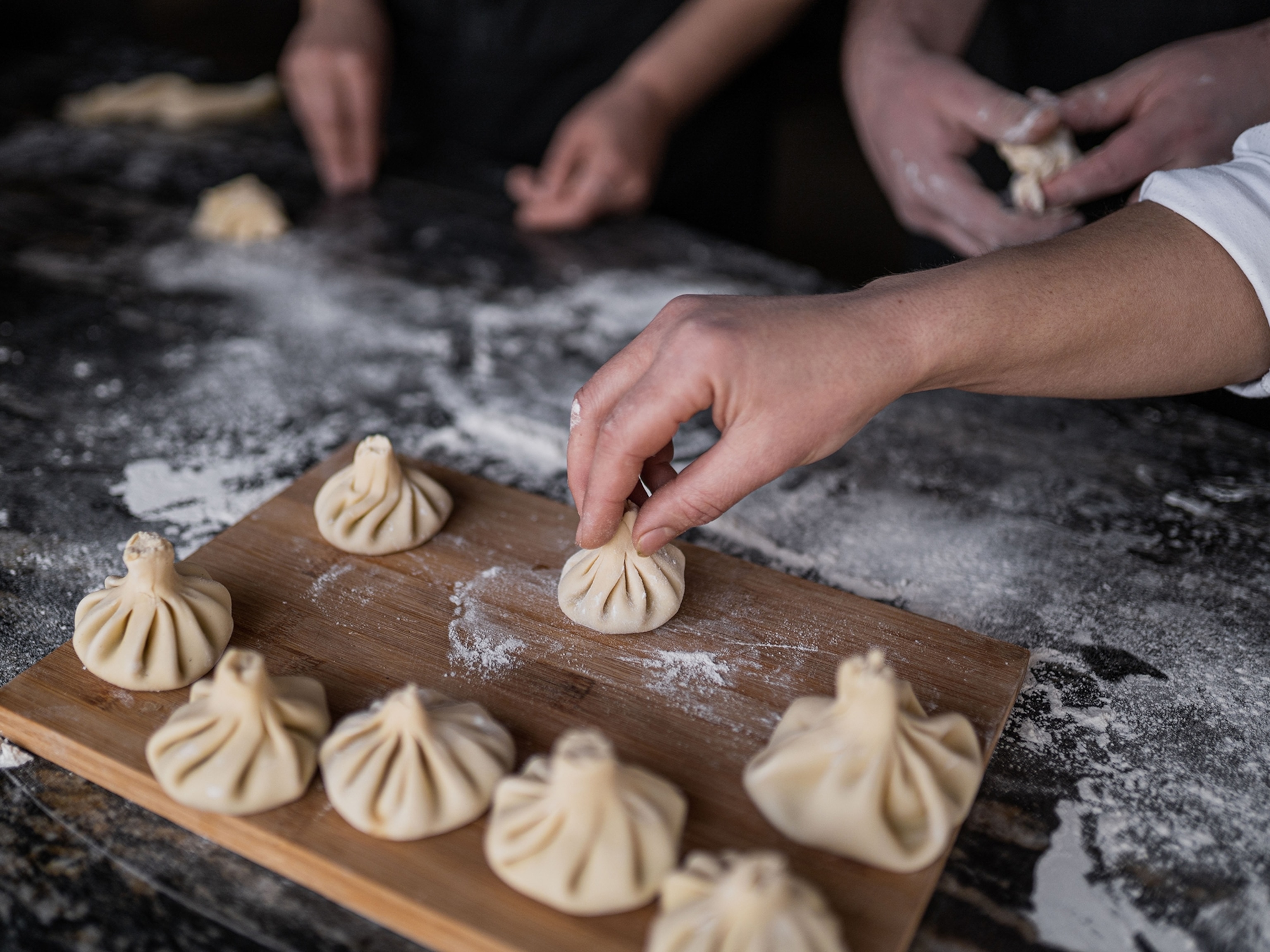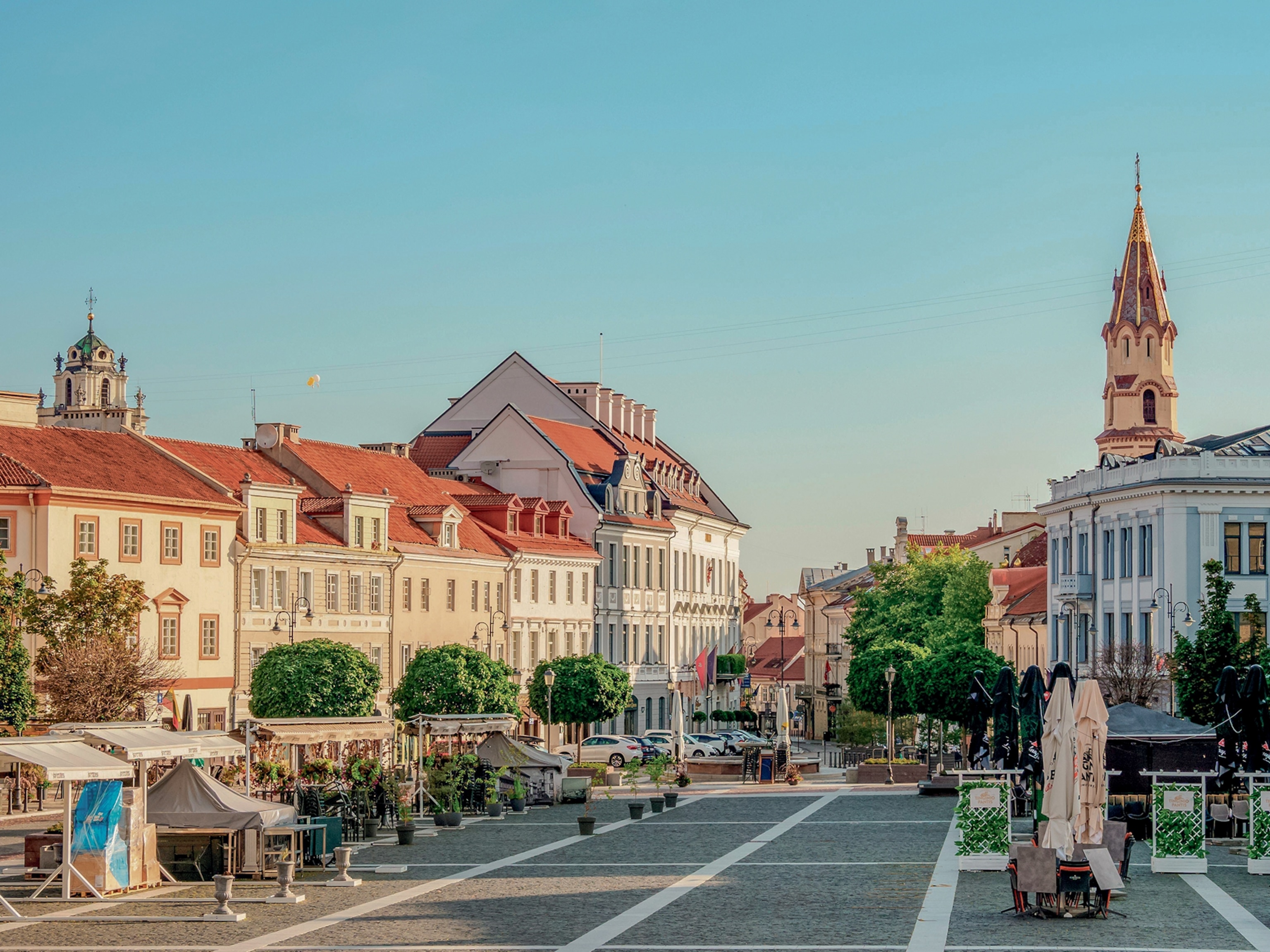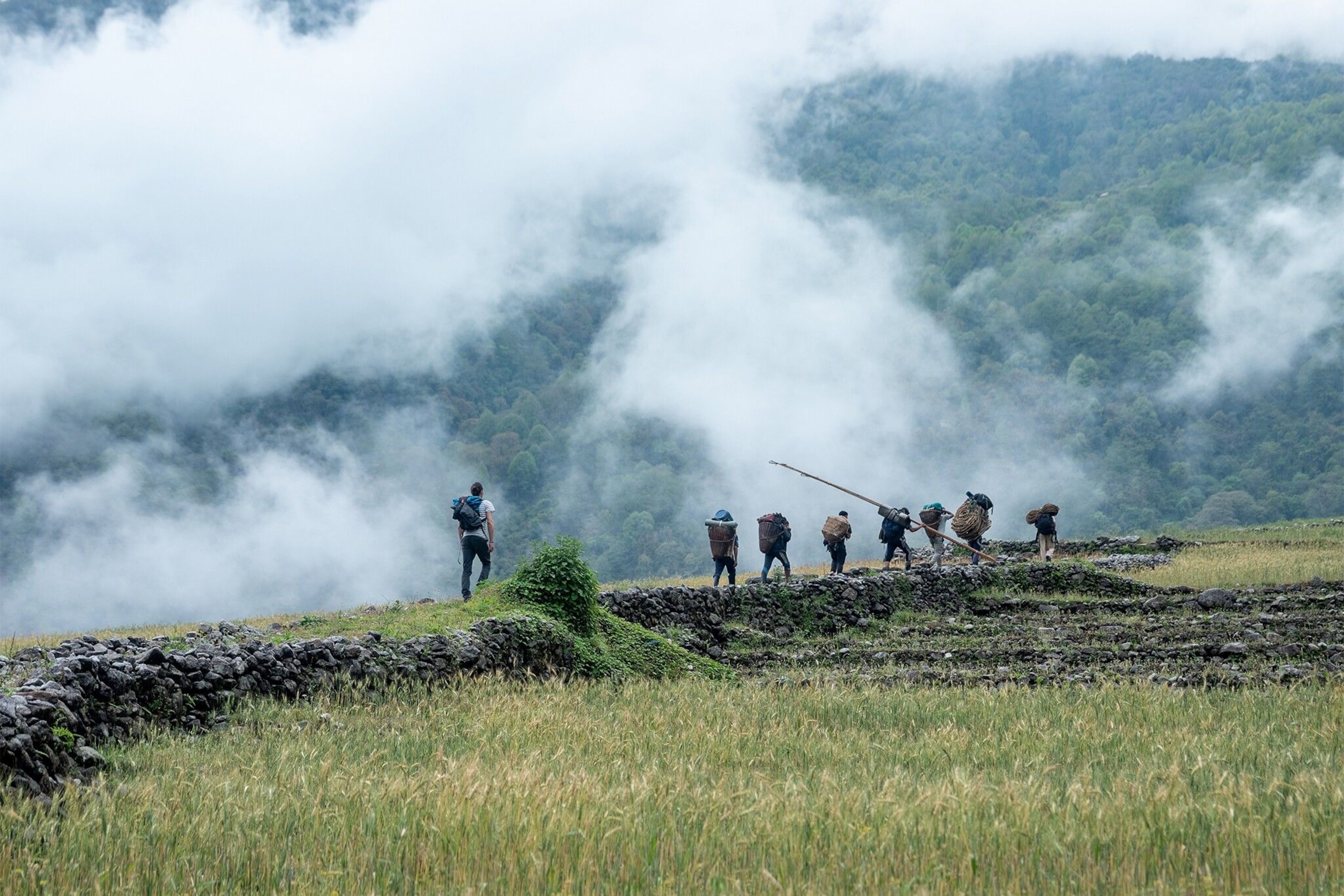
Photo story: the Nepalese honey hunters facing some of the largest bees in the world
The Gurung ethnic group has been collecting wild honey in the Himalayan foothills of Nepal for centuries, risking their lives to harvest sticky combs from cliff nests using ancient techniques handed down through generations.
Photograph by Dikpal Thapa
Story and photographs byDikpal Thapa
March 12, 2023
7 min readThis article was produced by National Geographic Traveller (UK).
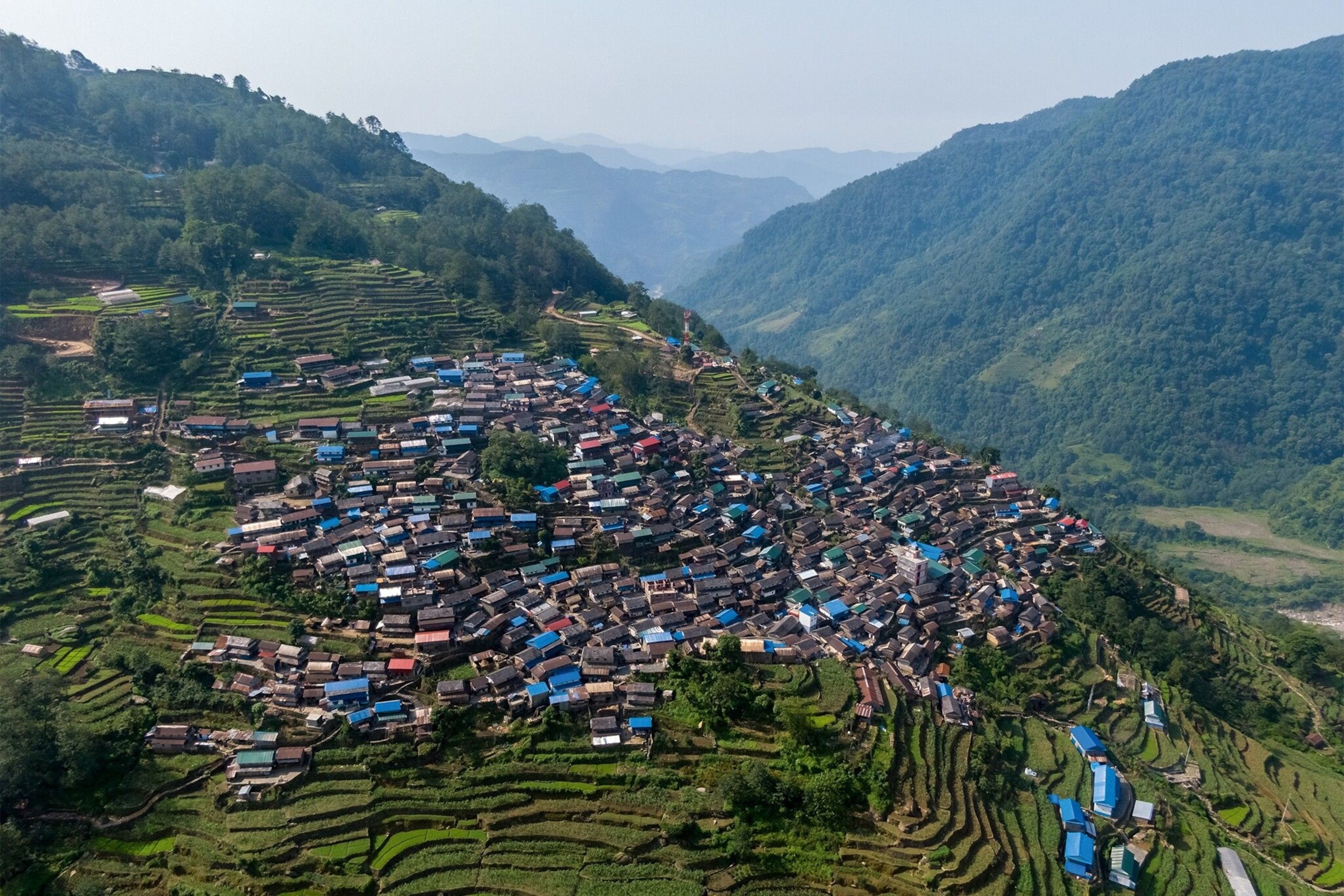
Photograph by Dikpal Thapa
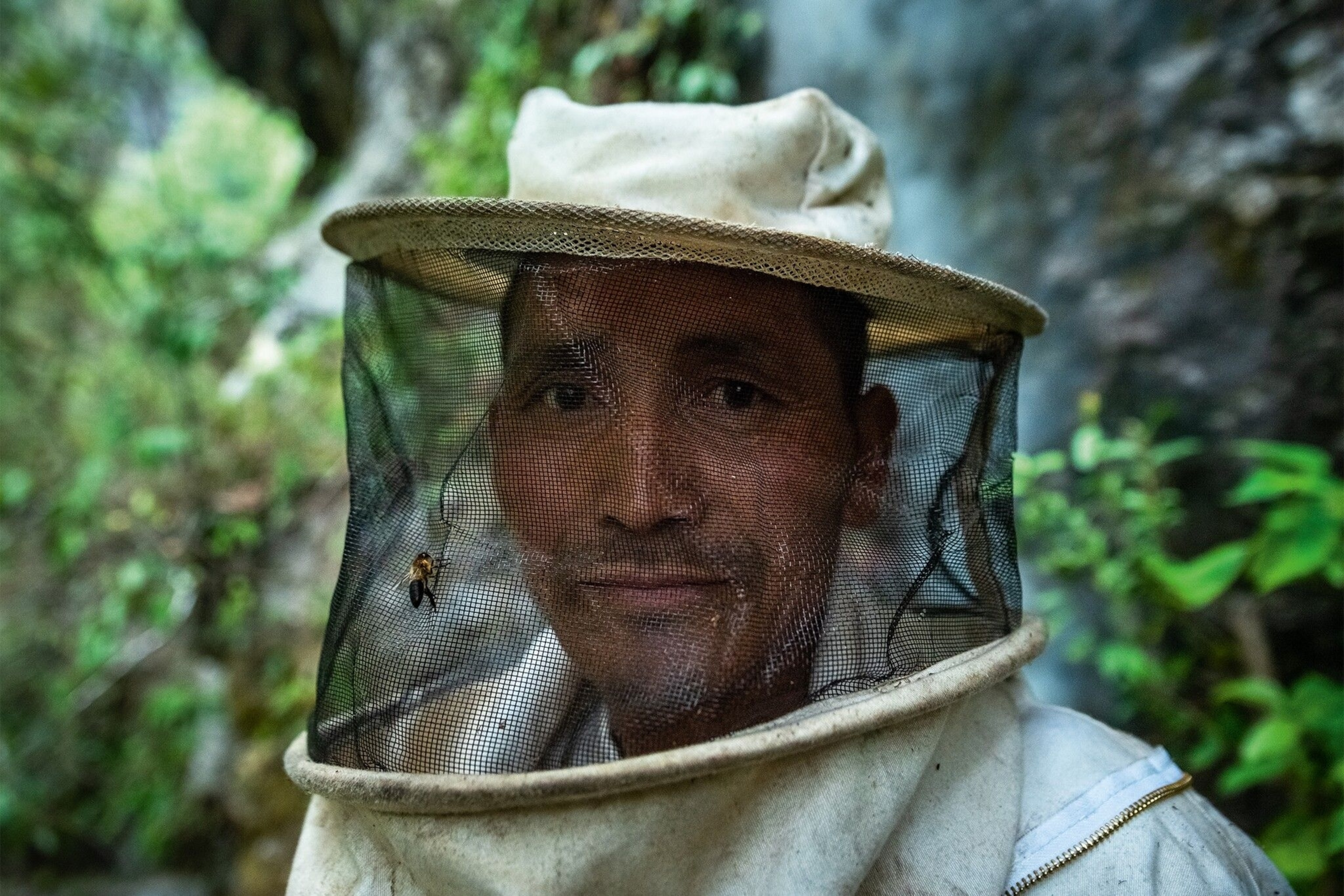
Photograph by Dikpal Thapa
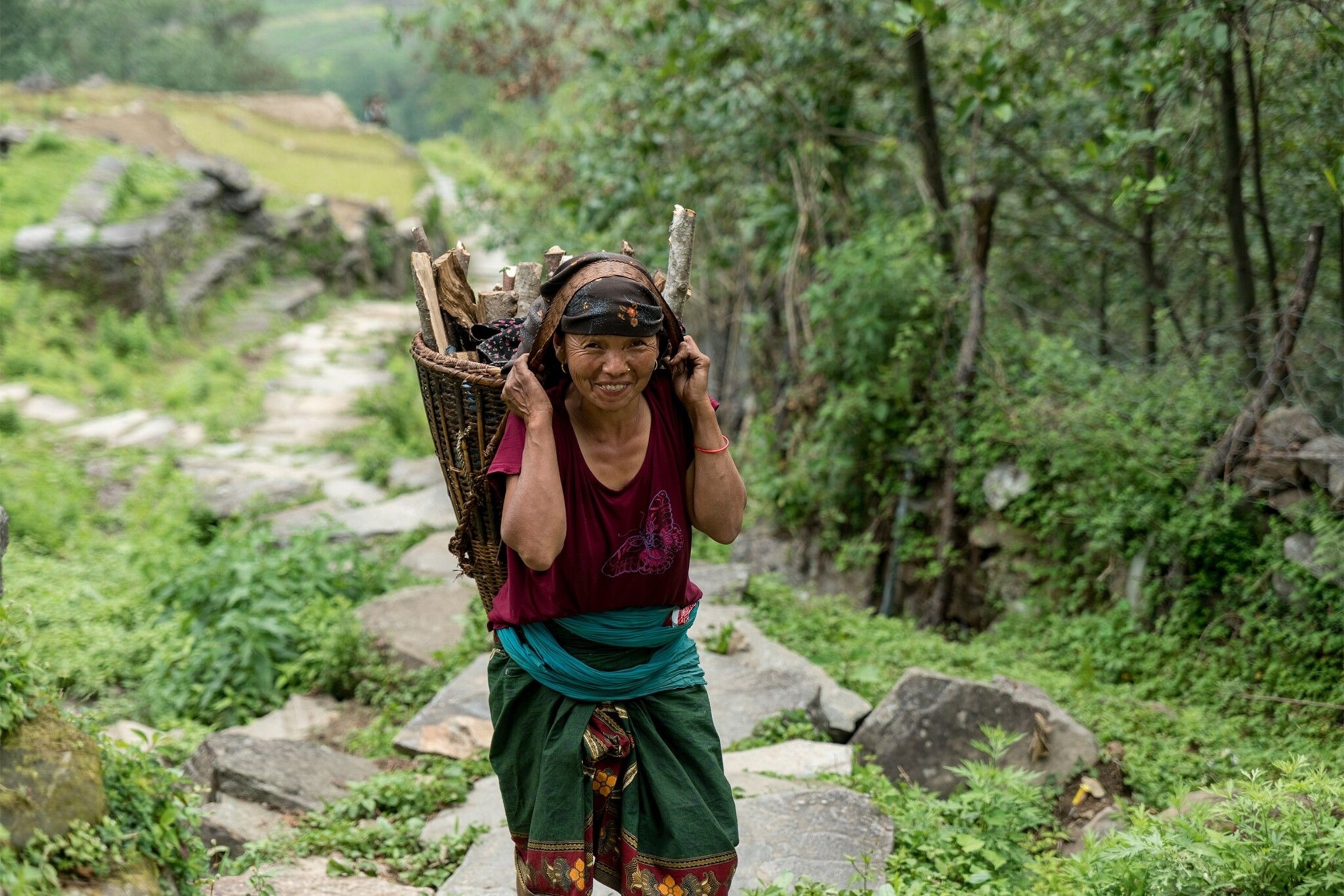
Photograph by Dikpal Thapa
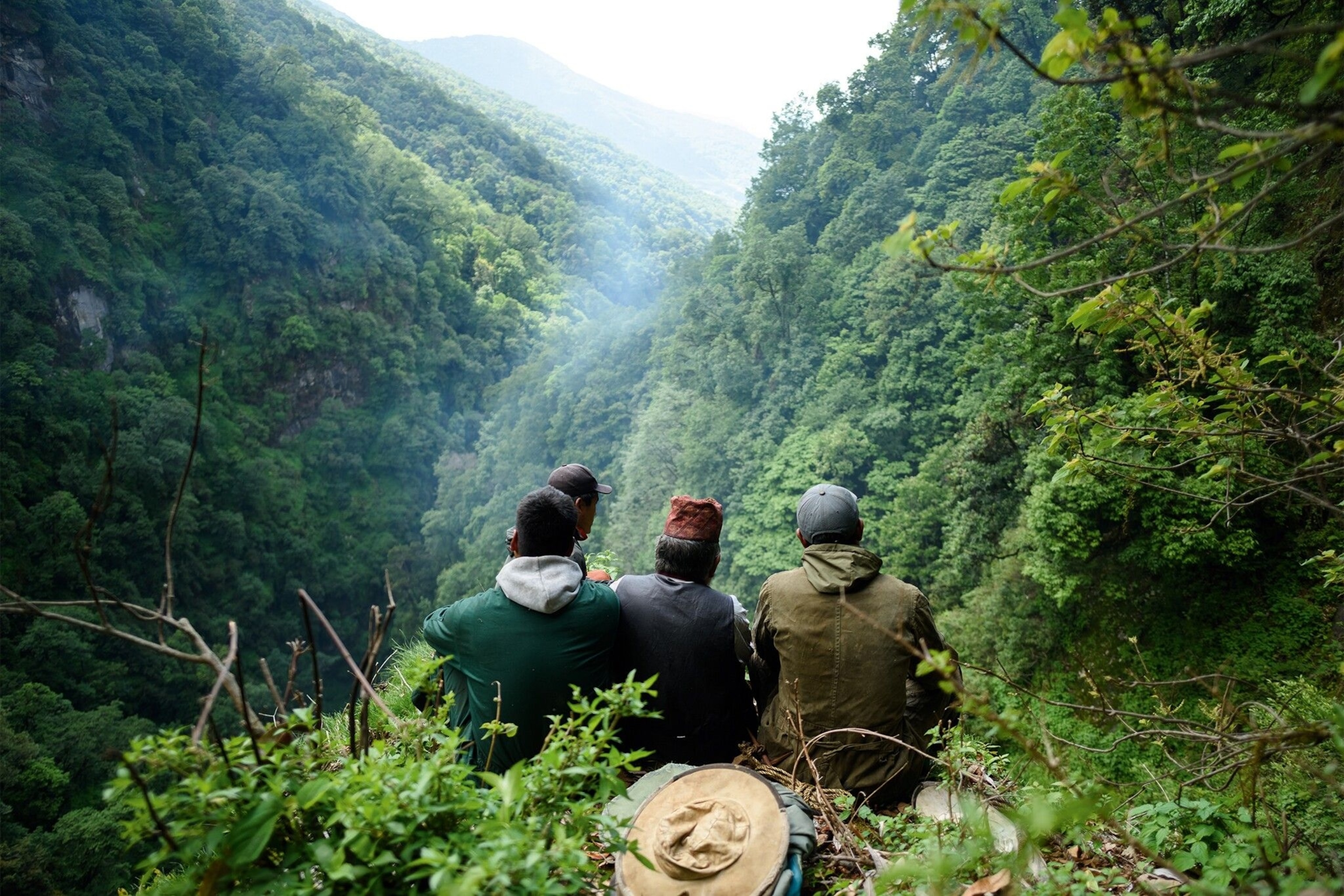
Photograph by Dikpal Thapa
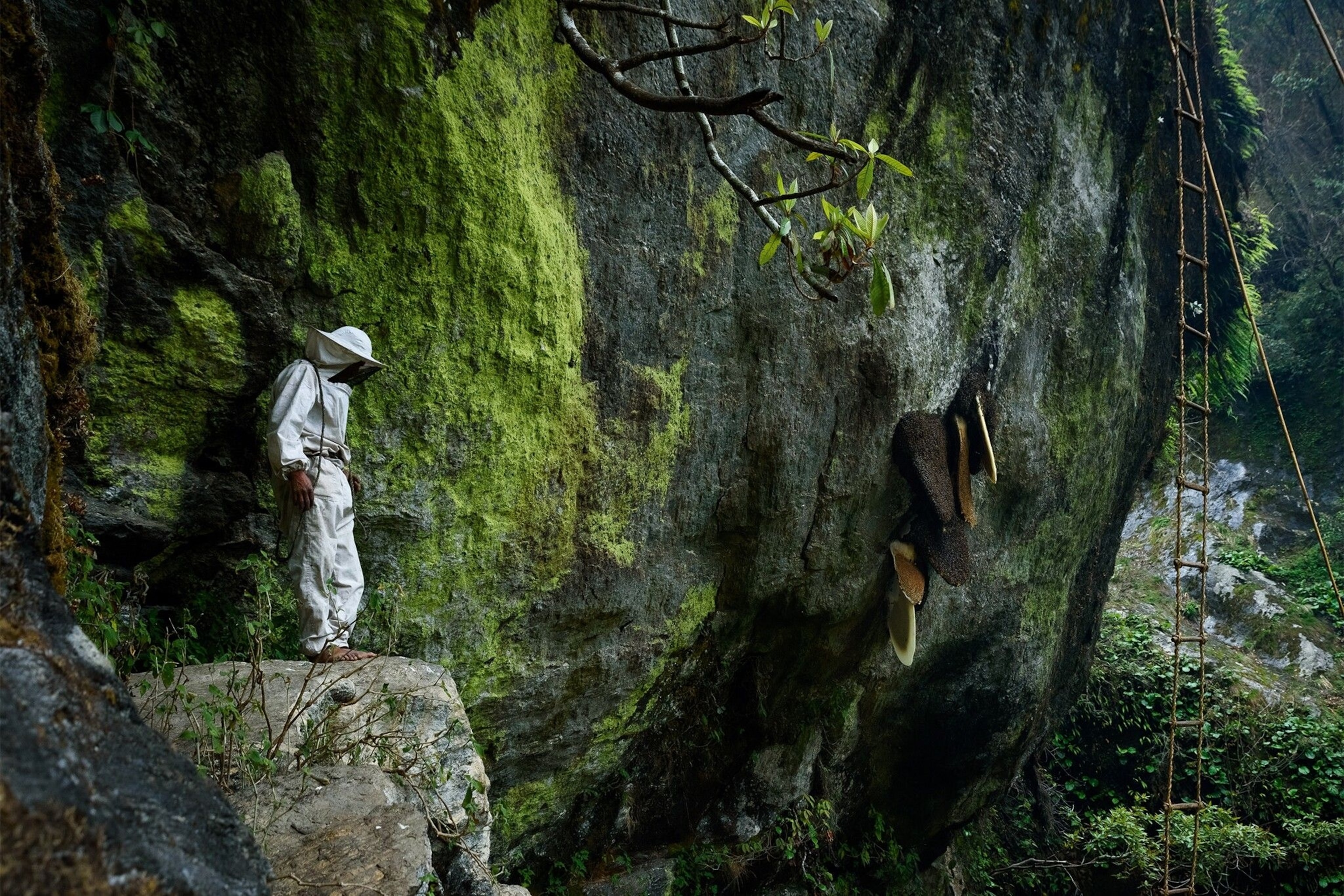
Photograph by Dikpal Thapa

Photograph by Dikpal Thapa
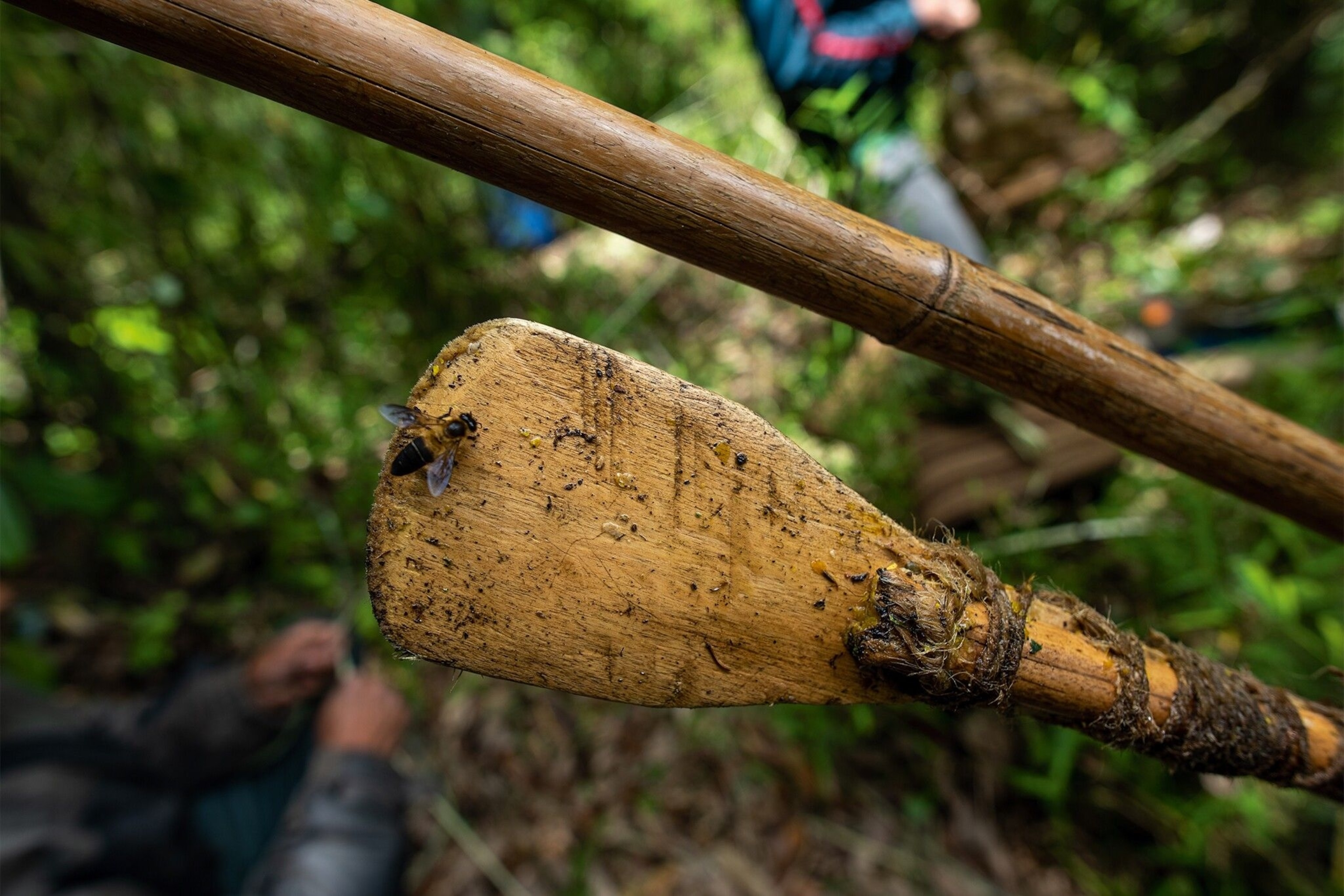
Photograph by Dikpal Thapa
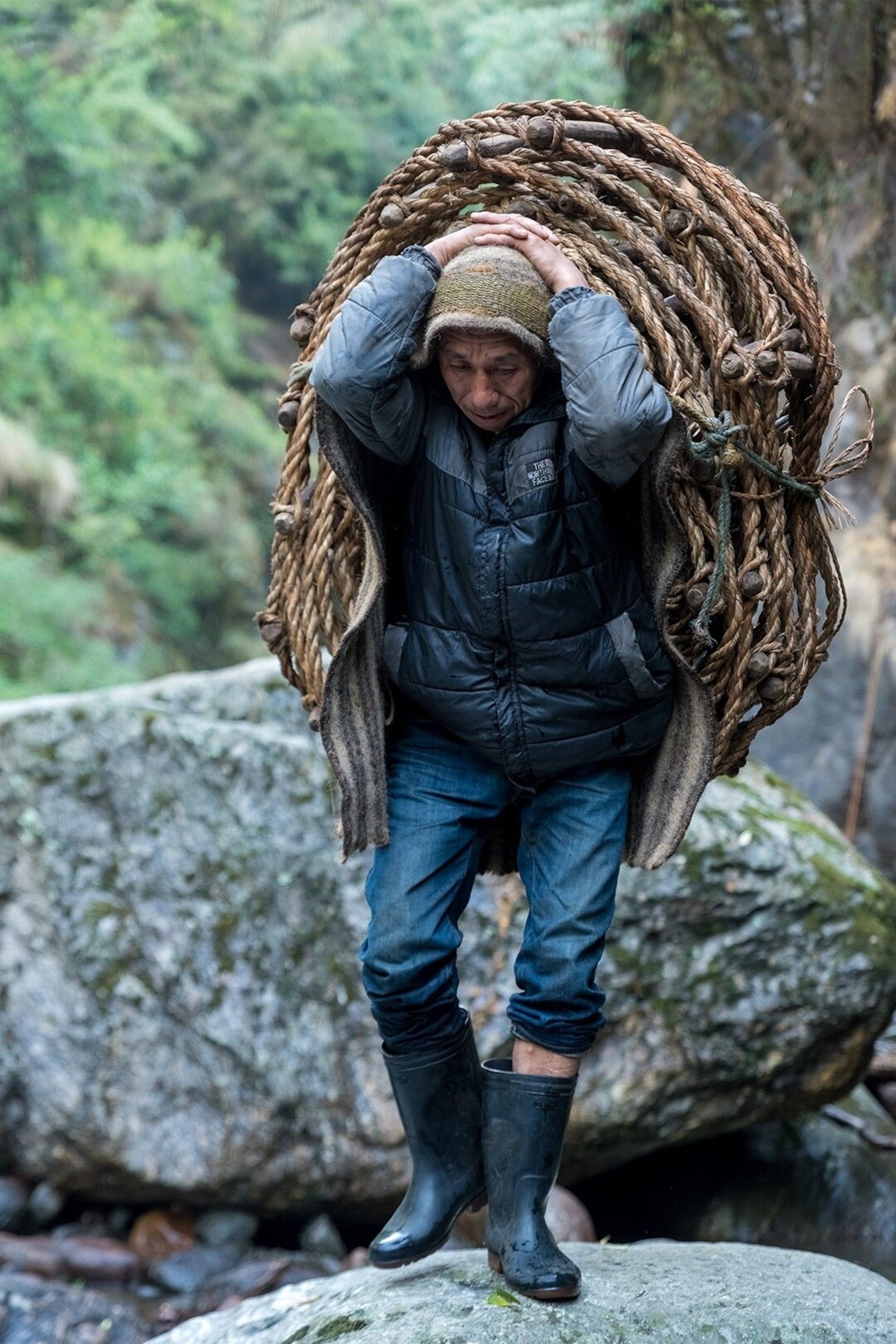
Photograph by Dikpal Thapa

Photograph by Dikpal Thapa
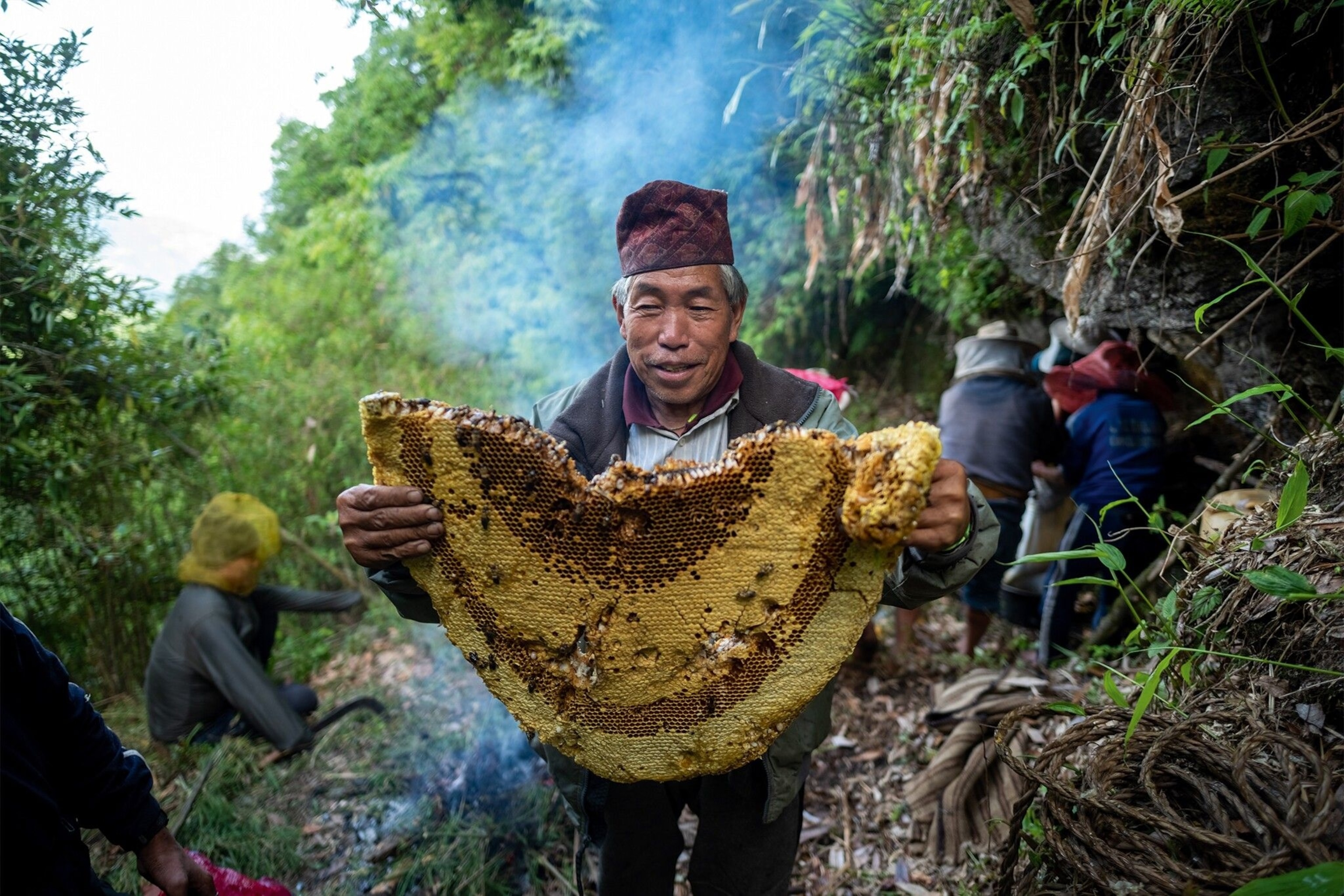
Photograph by Dikpal Thapa
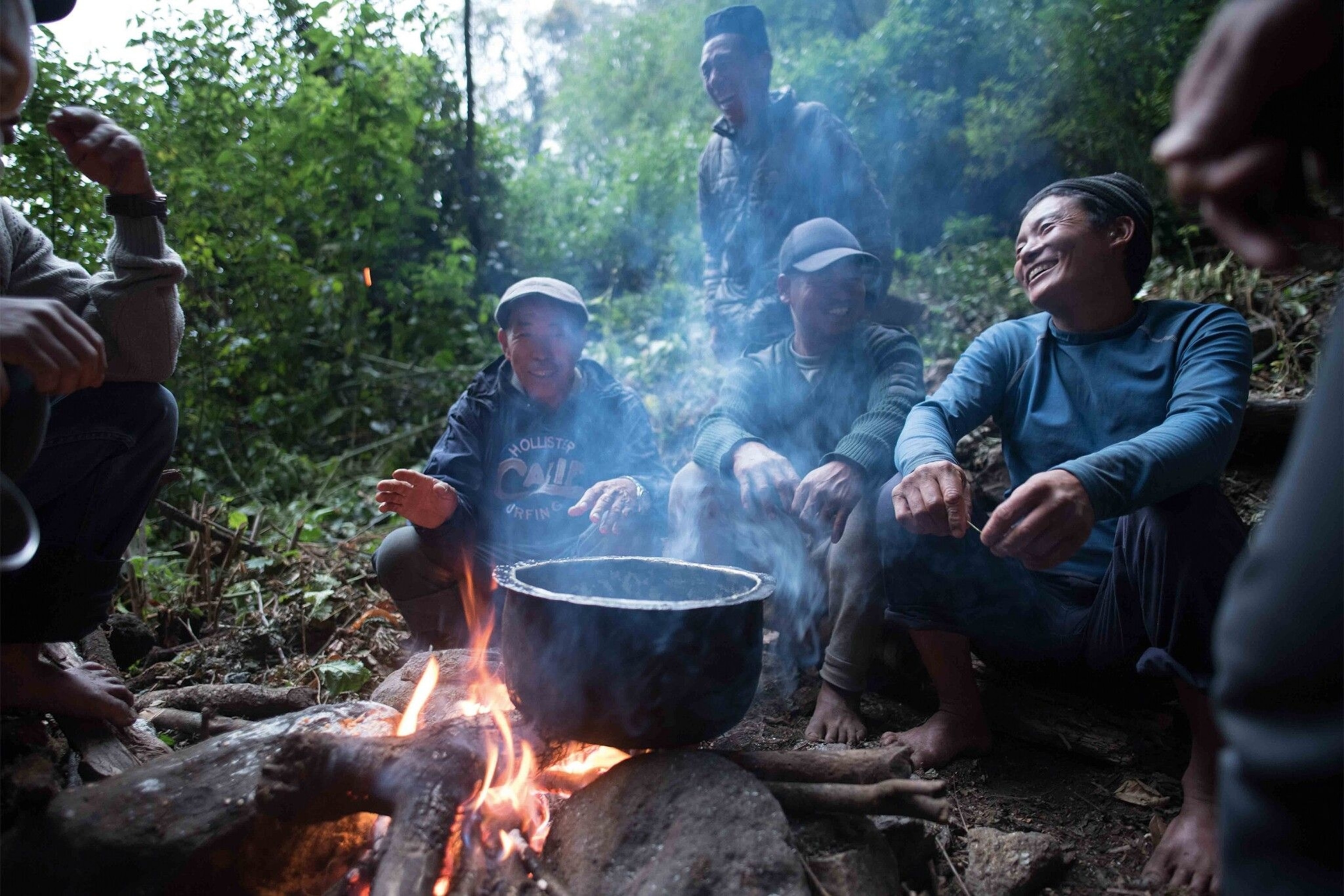
Photograph by Dikpal Thapa
Published in the April 2023 issue of National Geographic Traveller (UK)
Sign up to our newsletter and follow us on social media:
Facebook | Instagram | Twitter
Sign up to our newsletter and follow us on social media:
Facebook | Instagram | Twitter

